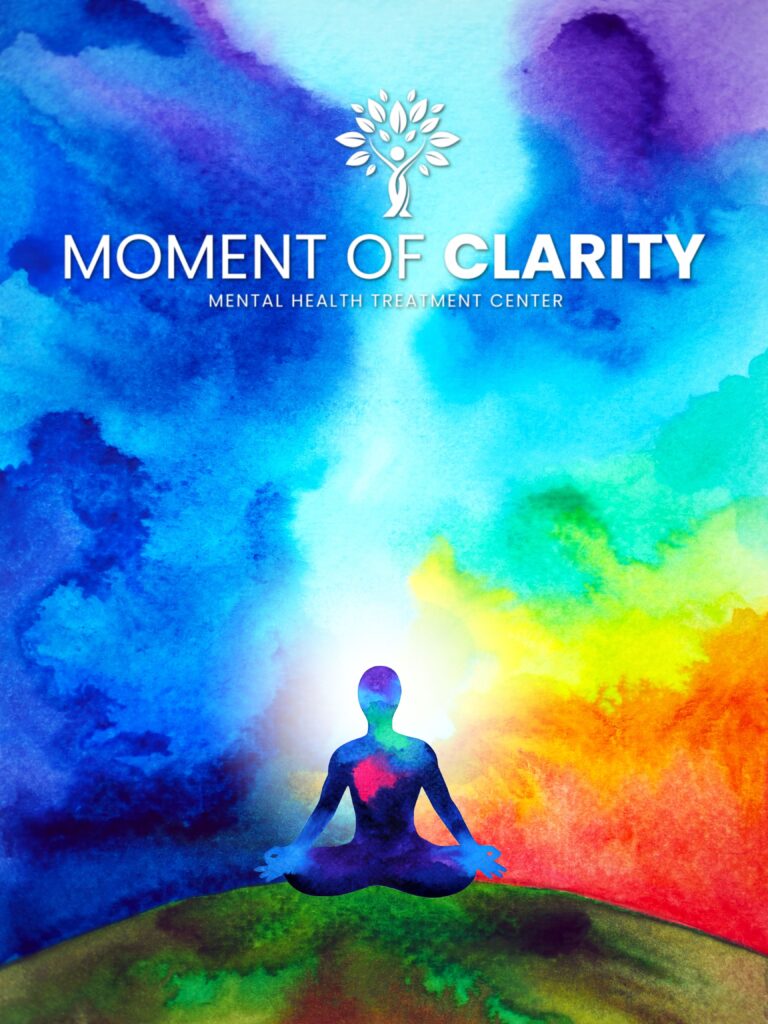Yes, accelerated Transcranial Magnetic Stimulation (TMS) therapy appears to be effective for depression based on recent research, though it’s still an evolving treatment approach. Research indicates that accelerated TMS therapy can yield response rates of approximately 80% and remission rates of 51% within the first month of treatment. Accelerated TMS condenses the treatment timeline compared to standard TMS. Traditional TMS typically involves daily sessions over four to six weeks, while accelerated protocols can deliver multiple sessions per day over 5–10 days, potentially providing faster symptom relief.
While accelerated TMS shows promise in reducing treatment time and achieving a rapid reduction in depressive symptoms, researchers note that significant work remains to be done. Most existing studies are relatively small, and more rigorous clinical trials are needed to establish optimal protocols and understand long-term outcomes. When considering the benefits of TMS therapy for mental health, it’s best to discuss the protocol with a psychiatrist to determine whether you might be a suitable candidate based on your specific situation.

How Does Accelerated TMS Compare to Standard TMS Therapy?
Standard TMS therapy involves one session per day, five days a week, for four to six weeks (around 20-36 total sessions). On the other hand, accelerated TMS therapy involves multiple sessions per day, with some protocols comprising ten 10-minute sessions daily for five consecutive days, totaling 50 sessions in just one week. Both approaches appear effective, with standard TMS having a well-established track record. The key advantage of accelerated protocols is speed—patients often experience symptom relief within the first week of treatment.
Practical Considerations
- Convenience: Accelerated TMS therapy can be completed in 5–10 days, rather than over a month or more, which may be more convenient for individuals with work or family obligations.
- Insurance: Standard TMS has been more easily covered by insurance, while accelerated protocols are less likely to be covered, which could be a significant factor in your decision.
- Side effects: Both approaches are generally well-tolerated with minimal side effects, typically limited to mild scalp discomfort or headaches.
The choice between the two often depends on your specific needs, including whether you require rapid symptom relief, schedule flexibility, and insurance coverage. It’s worth discussing both options with a psychiatrist to determine which approach might be most suitable for your situation.
What Does the Research Say About Accelerated TMS for Depression?
The research on accelerated TMS for depression has grown significantly and shows promising results. A real-world study found that accelerated TMS achieved an 80.2% response rate and 50.5% remission rate within the first month of treatment. A 2024 pilot trial demonstrated that a five-day pragmatic TMS protocol was effective, safe, and produced antidepressant and anxiety-reducing effects that lasted for at least four weeks.
The FDA has also recently cleared an accelerated protocol involving five sessions of Deep TMS per day for six consecutive days, followed by maintenance sessions. This approval represents growing regulatory confidence in this approach.
Research generally indicates that accelerated TMS has a similar efficacy and safety profile compared to FDA-cleared standard protocols, with the added benefit of significantly faster treatment completion. The evidence of TMS treatment for depression continues to grow, with ongoing research exploring optimal protocols and long-term outcomes.
Mental Health Treatment That Works
Call 949-625-0564What our customers are saying
How Many Sessions Are Involved in Accelerated TMS Therapy?
The number of sessions in accelerated TMS therapy varies depending on the specific protocol used. Various accelerated TMS protocols deliver two, three, five, or 10 sessions per day, with the total duration adjusted depending on the patient’s needs. Research protocols have administered anywhere from two to 10 sessions per day, with durations ranging from two to 30 treatment days, and total session counts varying from nine to 104.
Accelerated TMS uses much shorter sessions, typically around three minutes, allowing multiple treatments per day. The specific protocol chosen depends on the treatment center, the type of TMS technology used, and individual patient factors. The most important takeaway is that accelerated TMS condenses what would typically be four to six weeks of treatment into anywhere from five days to two weeks, regardless of the exact number of sessions.
How Quickly Can You Feel Better With Accelerated TMS?
Based on the research, patients can experience relief from depression symptoms remarkably quickly with accelerated TMS. Accelerated TMS allows for significant relief from depression symptoms in just one week, reducing the typical treatment timeline from two months down to one week. Studies using the SAINT protocol have shown relief of depression with only five days of treatment.
With standard TMS, patients typically receive four or more weeks of treatment before seeing symptomatic improvement. In contrast, accelerated protocols can deliver the full treatment course and produce noticeable benefits within that first week.
The speed of response can vary from person to person based on:
- Individual brain chemistry and depression severity
- The specific protocol used
- How treatment-resistant your depression has been
- Other factors like sleep, stress, and overall health
Some patients report feeling better within the first few days, while others may take the whole week or slightly longer to notice changes. The most intensive protocols, like SAINT with 10 sessions per day over five days, are specifically designed to produce rapid symptom relief. While initial improvement can happen quickly, the benefits often continue to develop and stabilize in the weeks following treatment. Many protocols include follow-up or maintenance sessions to help sustain the success rate of Transcranial Magnetic Stimulation for patients.

Key Takeaways on Accelerated TMS Therapy
- Research indicates approximately an 80% response rate and a 50% remission rate within the first month of treatment, with some studies showing that 55-70% of patients achieve remission after undergoing accelerated TMS therapy.
- Instead of 4–6 weeks of daily sessions with standard TMS, accelerated protocols condense treatment into just 5–10 days by delivering multiple sessions per day.
- Patients often experience noticeable improvement within the first week of treatment, rather than waiting several weeks.
- Session frequency varies widely, and research suggests that different approaches can be equally effective, providing flexibility in treatment design.
- While accelerated TMS has gained FDA clearance and shows strong evidence, standard TMS is more commonly covered by insurance.
For those in Southern California seeking effective mental health treatment, call Moment of Clarity at 949-625-0564 to explore the innovative approach of Accelerated Transcranial Magnetic Stimulation Therapy. This cutting-edge therapy is designed to provide quicker and more impactful results for individuals coping with depression, post-traumatic stress disorder, and anxiety disorders. Discover how this non-invasive treatment can help you regain a sense of balance and well-being in your life.
Resources
- ScienceDirect – Real-world efficacy and safety of various accelerated deep TMS protocols for major depression
- BMC Psychiatry- Short-term and long-term efficacy of accelerated transcranial magnetic stimulation for depression: a systematic review and meta-analysis
- National Library of Medicine – Accelerated TMS – moving quickly into the future of depression treatment




